Tornado jets hit four Islamic State positions in eastern Syria, whilst Typhoon jets cratered a road to prevent terrorists moving truck-bombs against the Syrian Democratic Forces.
According to the MoD, on Sunday the 4th of November, a flight of Typhoon jets used two Paveway IVs to crater a road near Hajin, lest Islamic State attempt to move truck-bombs along it to hold up the Syrian Democratic Forces advance.
“The SDF meanwhile came up against four Islamic State defensive positions in the area; these were all struck simultaneously by Paveway IVs dropped by Tornado jets through heavy cloud.
The following day, Tornados were tasked with the destruction of a pair of buildings, to the east of Hajin, which Islamic State were using as an operating base and command post. Each of the buildings received a direct hit from a Paveway IV.”
Background on Operation Shader
The total cost of British operations against Islamic State was recently revealed.
Jim Cunningham, MP for Coventry South, asked in a Ministry of Defence written question:
“To ask the Secretary of State for Defence, what recent estimate he has made of the cost to the public purse of the fight against Daesh.”
Mark Lancaster, The Minister of State at the Ministry of Defence, replied:
“The net additional cost of counter-Daesh operations in Financial Year 2017-18 was £583.1 million.”
Additional costs in previous years are as follows:
By September 2017, the Ministry of Defence had announced that over 1,000 personnel were engaged in theatre and that the Royal Air Force had conducted around 900 airstrikes, flying over 2,200 sorties, killing 3,000 Islamic State fighters.
Last year, it was reported that the Royal Air Force is operating at its most intense for 25 years in a single theatre of operation which far outstripped the UK involvement in Iraq and Afghanistan – RAF jets have dropped 11 times more bombs (1,276 strikes) on Syria and Iraq in the preceding 12 months than they had in the busiest year of action in Afghanistan a decade previously.
As of April 2017, 37 Hellfire missiles, 20 Brimstone missiles, 30 unspecified/other armaments were used in the operation against Islamic State in Iraq and Syria.


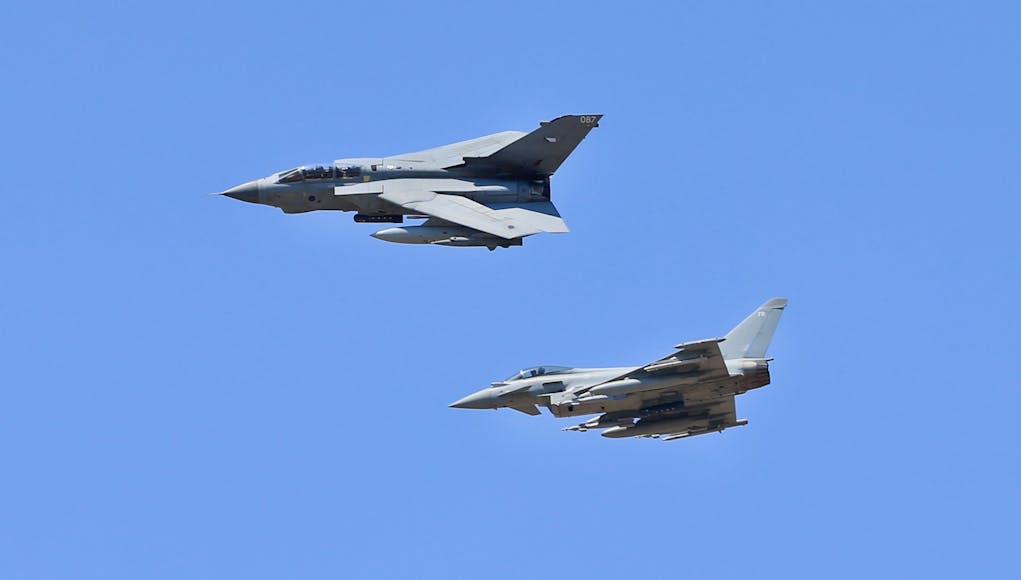

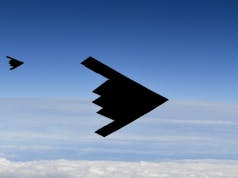
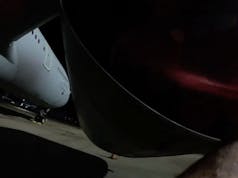

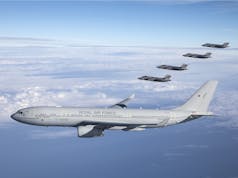

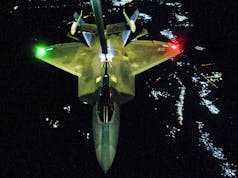

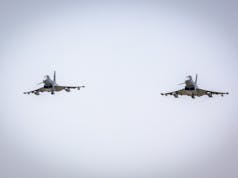

Seriously, why are we getting rid of Tornados before F35s are all in?!
Still baffles me that we’re getting rid of the Tornados without having the F35s to replace them.
We have only got 29 tornado jets left flying out of 385 total bought… And we are working our last to death…. But Maybe a great way for them to go as ways go…. I wish we could over haul 100 and keep a few squadrons for 10 more years. We still have pilots, tornado bases, engineers ect, in not sure about spare parts but we could get some of Italys if germanys not hoovered them all up as it looks like they are keeping the tornado going for allot longer…..
Hard to believe the reduction in numbers isn’t it, for all the advancement in technology, it doesn’t come close to covering the overall loss of air frames.
Honestly I think the Typhoon is more a replacement for the Tornados. It’s an absolute bomb truck in terms of how much it can carry.
To me it replaced both the F3 and GR4 Tornado variants. The same airframe can cover both duties, but yeah, nowhere near the same number of airframes. Should have stuck to 232 airframes as originally planned and fielded 10 squadrons put of it.
I guess storm shadow wasn’t around when the RAF ordered 385 tornadoes. Cruise missiles certainly was a game changer for the opening days of any conflict. We still need to stock them in thousands though if they are to really serve their purpose.
Tonkas being replaced by Typhoons primarily
The Typhoon is now a better strike aircraft than the Tornado ever was.
Steve is right – Typhoon squadrons are now working up the new capability to replace Tornado and it’s the full works: meteor, paveway, brimstone and storm shadow. Future upgrades will include an electronically scanned radar. It’s a step change. Tornado has been brilliant but the avionics and aircraft equipment are becoming obsolete – it takes a lot to keep a 1970’s designed aircraft current. Typhoon is also swing role – able to fight its way in and out without help; something the Tonka would struggle with in modern contested airspace. We’re doing the right thing and F35 will be a true force multiplier when it gets going.
The Brits should keep the Tornado’s a bit longer (like pounding ISIS), to save airframe hours on the Typhoons. It will be some time before sufficient F35Bs or maybe later F35A’s arrive. Looks like “Government/ MOD Thrift” can only account for getting rid of the Tornado’s early. The Germans and Italians seem to want to keep their Tornados a bit longer. Yes the Tornados are getting more expensive to keep and find spare parts, but they should have some spare parts from the pool of 385 bought and mostly scrapped and parted out over the years.